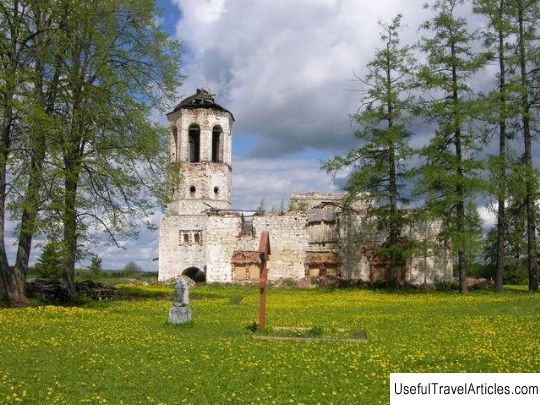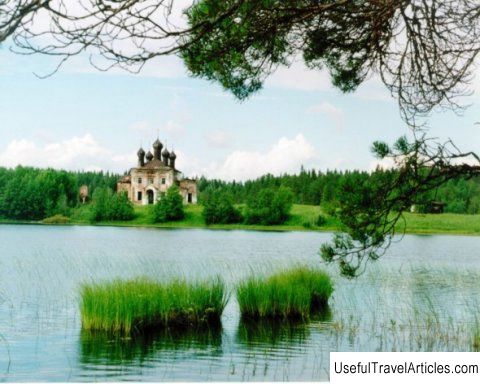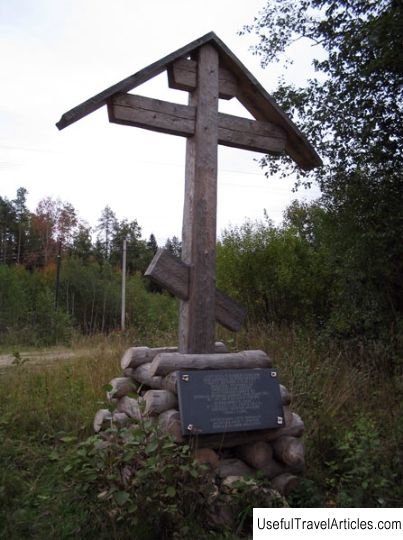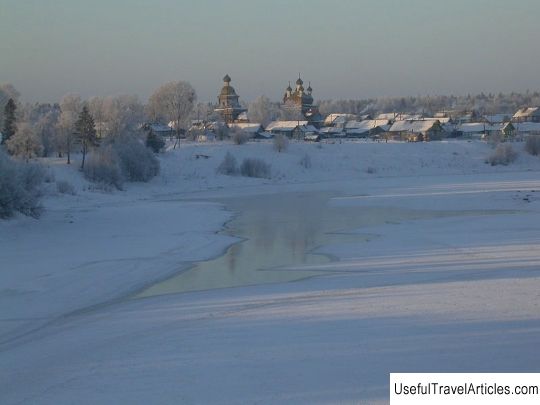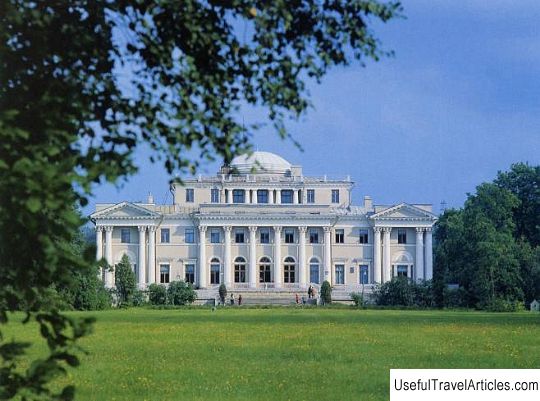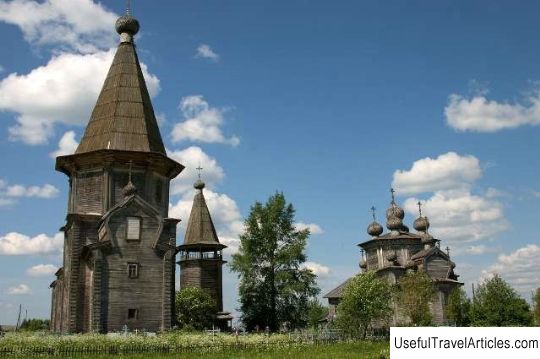Alexander-Oshevensky monastery description and photos - Russia - North-West: Arkhangelsk region
Rating: 8,6/10 (689 votes) Alexander Oshevensky monastery description and photos - Russia - North-West: Arkhangelsk region. Detailed information about the attraction. Description, photos and a map showing the nearest significant objects. Photo and descriptionThe Alexander-Oshevensky Orthodox monastery is located in the village of Oshevenskoye, Kargopol district, Arkhangelsk region. The monastery was founded in the 1460s by the Monk Alexander of Oshevensky (1427-1479). Birth name - Alexey. As a young man, he decided to go to a monastery. The life of A. Oshevensky testifies to the emergence of the monastery. On the advice of his father, he came to the Churyuga river and here, 44 versts from Kargopol, he set up a desert in a wild forest. Alexander's father, Nikifor Osheven, was involved in the construction. During the life of the monk, the first monastery Nikolsky temple was built. After the death of A. Oshevensky, the monastery began to decline. Only 5 elderly monks remained in the monastery. Since 1488, the situation began to change for the better, when the son of the local priest Maxim was elevated to the abbot of the monastery. He ruled the monastery until 1531. Under him, the number of brethren increased, the monastic land holdings also became larger, another church was erected (in honor of the Assumption of the Virgin). Later the monastery suffered various troubles: in the middle of the 16th century, voivode I.M. Yuriev wanted to destroy the monastery, and in the 16th - 18th centuries churches were burnt more than once. In 1707, the preserved building of the Assumption Church was built. In 1834, the current Nikolskaya gate church was erected. The Osheven monastery was of great importance for the local lands and brought up 6 monasteries. Before the revolution, the monastery developed an economy consisting of livestock, arable and hay land, forest allotments, fishing. On the territory of the monastery is the Cathedral of the Assumption of the Blessed Virgin Mary, dating back to 1707. It was the main temple of the monastery. Previously, it was a large 2-storey temple with 6 aisles and a bell tower. Today it is in ruins. Beneath this temple are the relics of Alexander Oshevensky. In addition, on the territory of the monastery there is a gateway church of St. Nicholas the Wonderworker, built in 1834 (regular services are held there), a stone fence with turrets, a well (dug by A. Oshevensky himself), a monastery building in which monks now live, and an abbess building (conserved). There are several places around the monastery that are associated with the name of Alexander Oshevensky. These are the famous 2 tracker stones with grooves that look like a human footprint. The boulders are reminiscent of the cult of sacred stones. Tradition testifies that the Monk Alexander left "footprints" on the stones, therefore, touching them is healing. Pilgrims heading for the monastery, with bare feet, stood in these "tracks", believing in a quick deliverance from ailments. Another place associated with the name of the saint is the holy spring, over which there is a small wooden cross. From here begins the Alexander stream, which flows into the Alexander Lake. It is considered a saint because A. Oshevensky stopped near it during his journey. In addition, the disappearing river Khaluy and the holy lake are also considered places associated with A. Oshevensky.           Topic: Alexander-Oshevensky monastery description and photos - Russia - North-West: Arkhangelsk region. |
